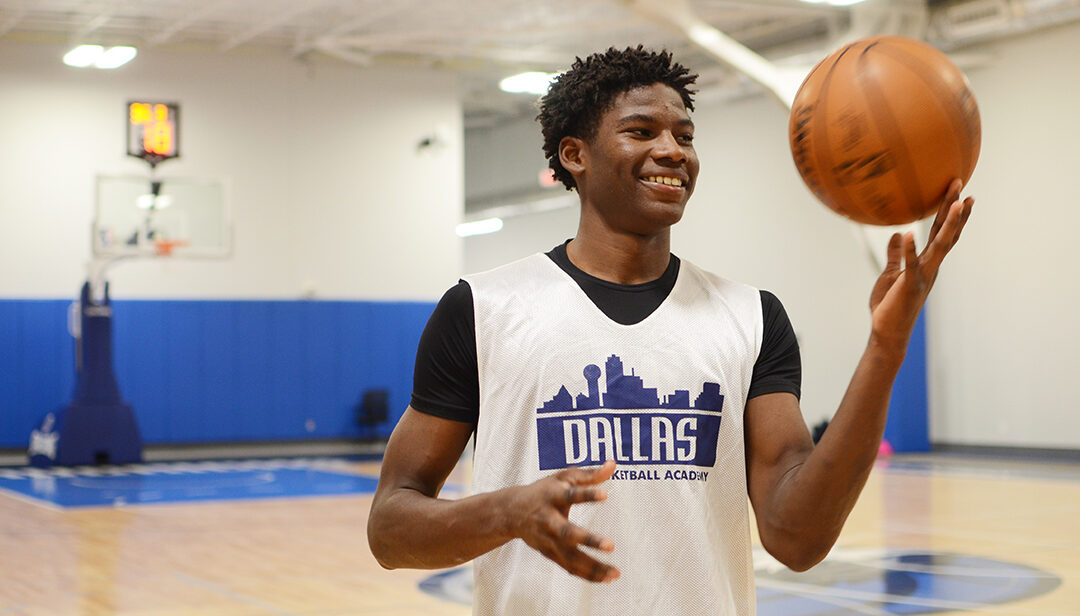
An Injury Not to Ignore: Hand & Finger Fractures in Young Athletes
Believe it or not, hand and finger injuries in kids, especially young athletes are very common. In fact, almost 20 percent of the injuries we see in the Fracture Clinic are hand related injuries. For children, these injuries can occur in a number of ways. For athletes, some of the more common mechanisms we see are from a finger getting struck by a ball, a hand getting stepped on or a finger getting caught in a jersey. While most injuries to the hand or fingers will get better with some time, rest and immobilization, others may require more extensive care or even a surgery to correct alignment or restore function. As the parent of a young athlete, it is important to know when to seek medical treatment.
Recognizing a hand injury in a child is not always easy and may require the attention from an expert who specializes in caring for patients whose bones are still developing. Sometimes, X-rays can appear normal and exam findings can be subtle making it easy to miss or ignore injuries to the hand. If rest is not healing the injury, it is important to know the signs and symptoms where being evaluated by a pediatric specialist is necessary.
Some general “redflags” with finger injuries include:
- Hearing or feeling a “pop” or “crack” at the time of the injury.
- Seeing significant swelling immediately after the injury occurs.
- Noticing differences compared to the same finger on the other hand. Seeing bleeding or drainage at or around the nailbed.
- Inability to move, straighten or bend the finger or a joint more than two days after the injury.
Gerad Montgomery, M.S.N., FNP-C, tells us that most pediatric hand and finger injuries can be managed with immobilization in a cast or splint. However, when there is significant displacement of fracture, injuries to ligaments and tendons or damage to the nailbed, surgery may be needed.
Advice for parents of young athletes
- Teach proper techniques with catching, hitting or throwing a ball.
- Discourage grabbing a shirt or jersey in fast-moving games like football or tag.
- Encourage athletes to be aware of surroundings during team sports.
- Insist that athletes wear proper protective sports equipment when appropriate.
- Never ignore an injury to the hand or fingers. Though it may be tempting to “push through the pain” and keep playing, these injuries can have serious consequences if they are overlooked. Don’t wait to have it evaluated by a medical professional.
Learn more about fracture care at Scottish Rite for Children in Frisco.





